- The 2020 Hyundai Venue is a critical part of the automaker’s SUV strategy.
- It’s affordable and efficient, and ideal for buyers shopping on a budget.
- A new engine and generous tech options make the Venue attractive.
According to a recent Bank of America study, as reported on by the Wall Street Journal, there are 96 different SUVs and crossovers on the market today, up from 70 in 2014. That same study finds we can expect nearly 150 models by 2023. Like many automakers are doing, Hyundai is expanding their presence in this ballooning market. Their latest offering, the 2020 Venue, is a compact machine aimed at buyers on a budget.
Just as it has been with sedans, there are larger ones and smaller ones. There are more reasonable and practical ones, and there are more luxurious and larger ones. The idea – and this probably goes without saying – is to hit as much of the market as possible, or to attract buyers at every end, from the first-timers to the affluent. SUVs and crossovers today follow a similar format.
Hyundai Establishes Their Pillars
Hyundai spent considerable time beefing up their SUV and crossover portfolio, the 2020 Venue being the latest addition to the line. Hyundai offers five SUVs and/or crossovers for 2020: Palisade, Santa Fe, Tucson, Kona (which has an EV variant), Nexo Fuel Cell, and now the Venue. Two of those are entirely new creations: the Palisade, the largest, and the Venue, the smallest. The Palisade debuted last summer (we drove it and liked it) and now the Venue.
Hyundai now has their “pillars” for their SUV lineup: one at the beginning (Venue) and one at the end (Palisade).
Idea Behind The 2020 Hyundai Venue
The Venue is what many now term as “right size” vehicles, meaning they are ideal for city driving and those who make their home in urban areas. They are generally affordable, efficient, and offer enough space for a person “on the go” as it were. Thus, the 2020 Hyundai Venue has a smaller engine, but plenty of interior technology to accommodate the lifestyle of a younger buyer.
“The Venue is a feature-filled, comfortable, and convenient vehicle in a small but practical package,” said Mike O’Brien, Vice President Product, Corporate and Digital Planning, Hyundai Motor America. “For consumers seeking modern, forward-thinking and iconic design, connectivity, maneuverability, and protection in various driving environments, Venue fits the bill perfectly.”
Below is a complete and in-depth look at what the 2020 Hyundai Venue offers.
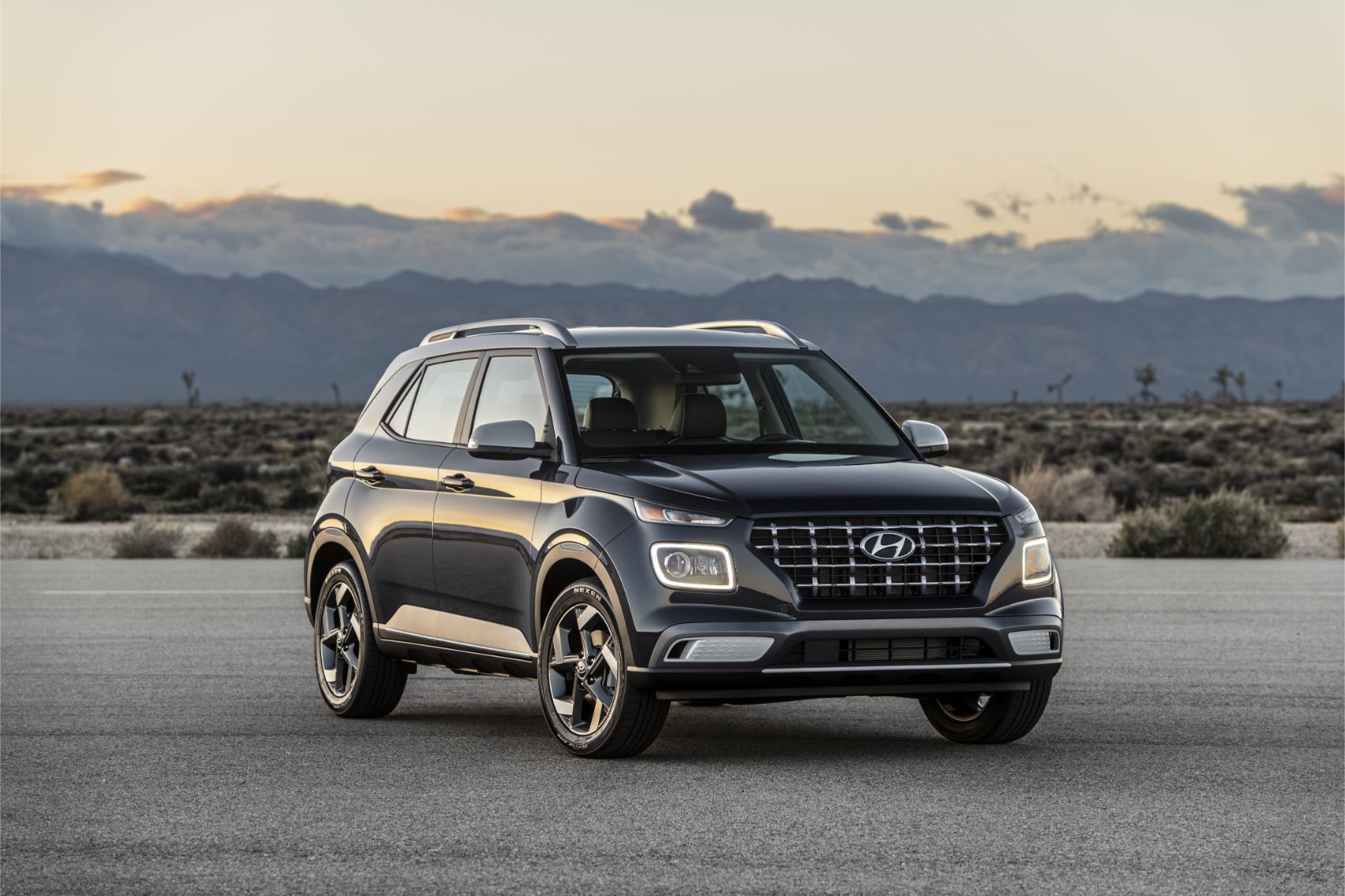
How Much Does The 2020 Hyundai Venue Cost?
The 2020 Hyundai Venue starts near $18,500 and tops out around $23,100. There are two different packages for the SEL trim, Convenience and Premium, outlined below.
Convenience Package
- Power sunroof.
- Sliding armrest storage box.
- Leather-wrapped steering wheel and shift knob.
- Blind-Spot Collision and Rear Cross-Traffic Collision Warnings.
Premium Package (Requires Convenience Package)
- Push button start.
- 17-inch alloy wheels.
- Heated front seats and side mirrors.
- Eight-inch navigation screen w/ SiriusXM.
- Hyundai’s Blue Link Connected Car System.
- LED headlights, LED Daytime Running Lights & taillights.
The Denim trim includes the Denim exterior color and interior theme, with a contrasting white roof. The Denim trim can be in place of or in addition to the SEL Premium package. A sunroof is not optional on the Denim trim.
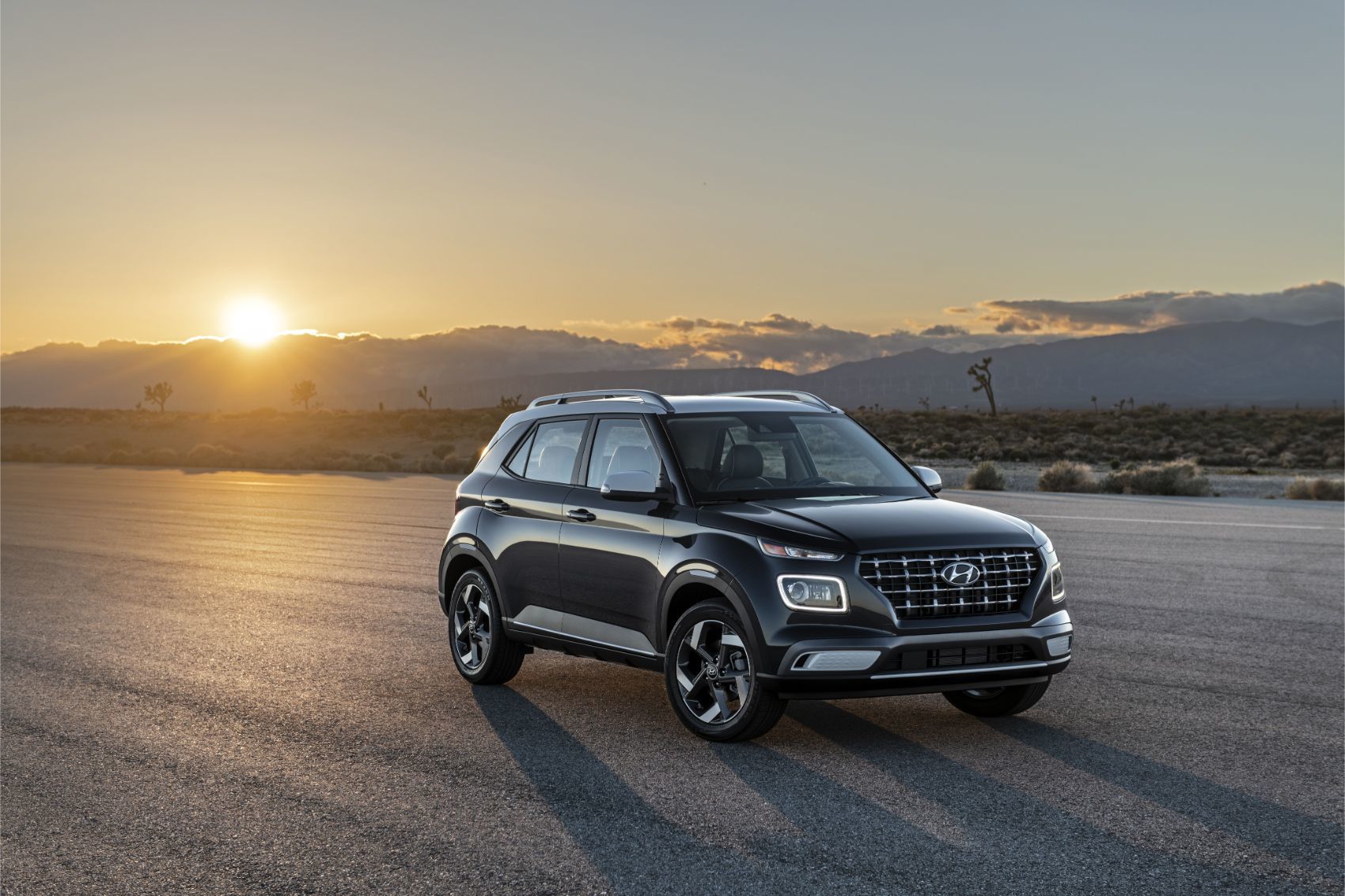
What Engine Does The Hyundai Venue Have?
Under the hood is Hyundai’s new Smartstream engine, a 1.6-liter four-cylinder that creates 121 horsepower (6,300 rpm) and 113 lb-ft. of torque (4,500 rpm). The engine is connected to an Intelligent Variable automatic that sends power to the front wheels, a transmission Hyundai developed in-house (although a manual is available for the SE). Continuously Variable Valve Timing and Dual Port Injection are tech hallmarks of the new engine.
Hyundai explains that Dual Port Injection works at the beginning of the intake stroke to decrease what is known as cylinder-wall-wetting. Cylinder wall what!? The Society of Automotive Engineers has some interesting literature on it from a little over 20 years ago; but in so many words, cylinder-wall-wetting happens with port fuel injection. During engine operation, fuel droplets can condense on the intake manifold wall and intake valve. This means the air-to-fuel ratio is out of whack and, to borrow a line from renowned scientist Peter Venkman, it’s like cats and dogs living together.
An improper air-fuel ratio can mean a loss in gas mileage. Hence why Hyundai designed their Dual Port Injection system accordingly. Fuel economy is something the average 2020 Hyundai Venue buyer is going to care about.
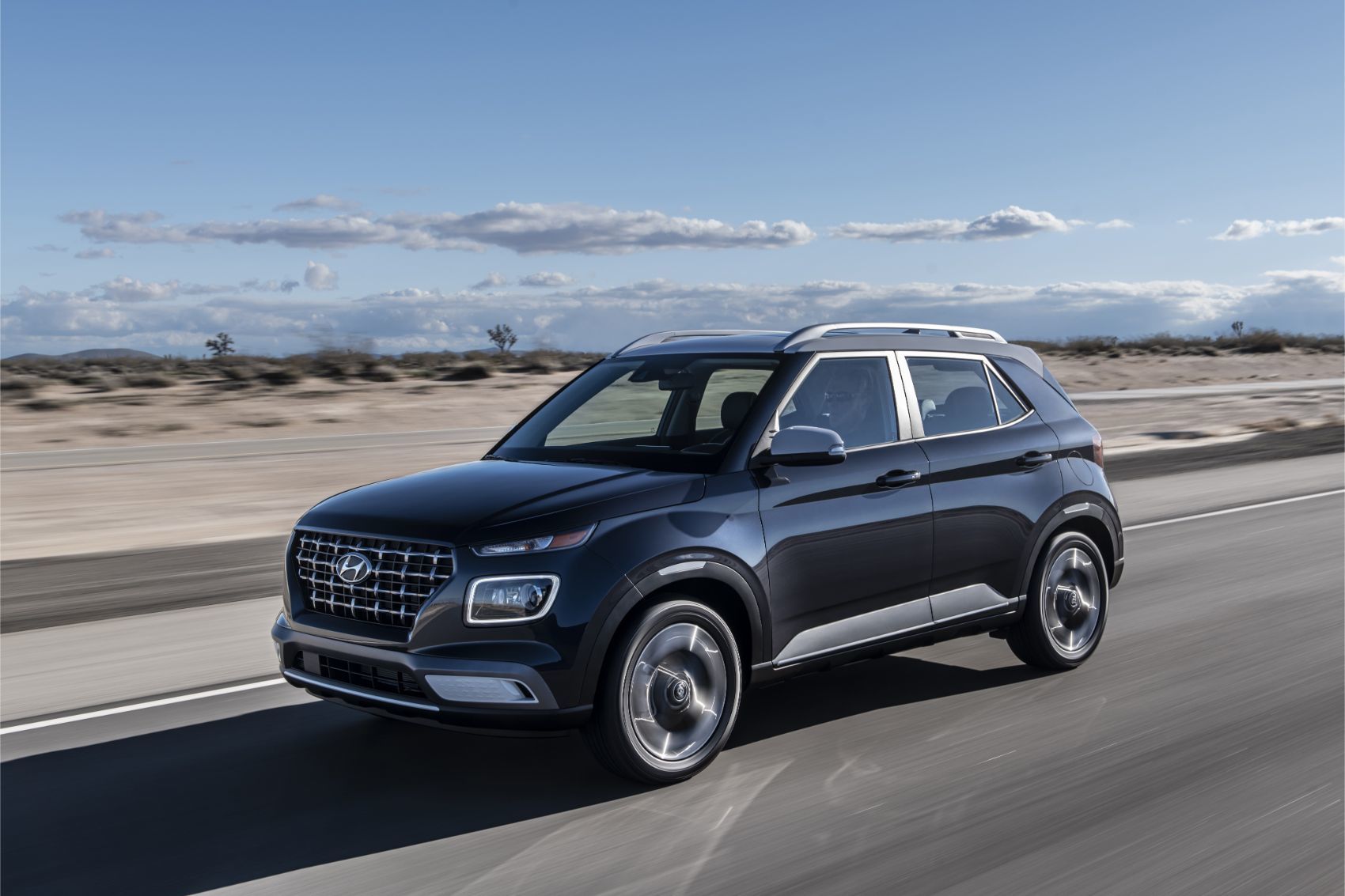
What Is The Gas Mileage of The Hyundai Venue?
EPA fuel economy estimates are 30/34 city/highway and 32 combined for automatic transmission models. Those with the manual come in at 27/35 city/highway and 30 combined. In terms of fuel economy, the 2020 Venue holds its own against some of the competition.
What Safety Features Does The Hyundai Venue Have?
Standard are six airbags: two front, two side-impact, and two side curtains along with a seatbelt pre-tension system and force limiters. Hyundai’s Vehicle Stability Management with traction control helps maintain direction under emergency braking or adverse conditions. The system also includes Electronic Brake-force Distribution, which balances braking force at each wheel; and Brake Assist which provides maximum ABS power when an emergency stop is happening.
Available advanced safety technologies include Forward Collision-Avoidance Assist, Lane Keeping Assist, Blind-Spot Collision Warning, Driver Attention Warning, and Rear Collision Cross-Traffic Warning.
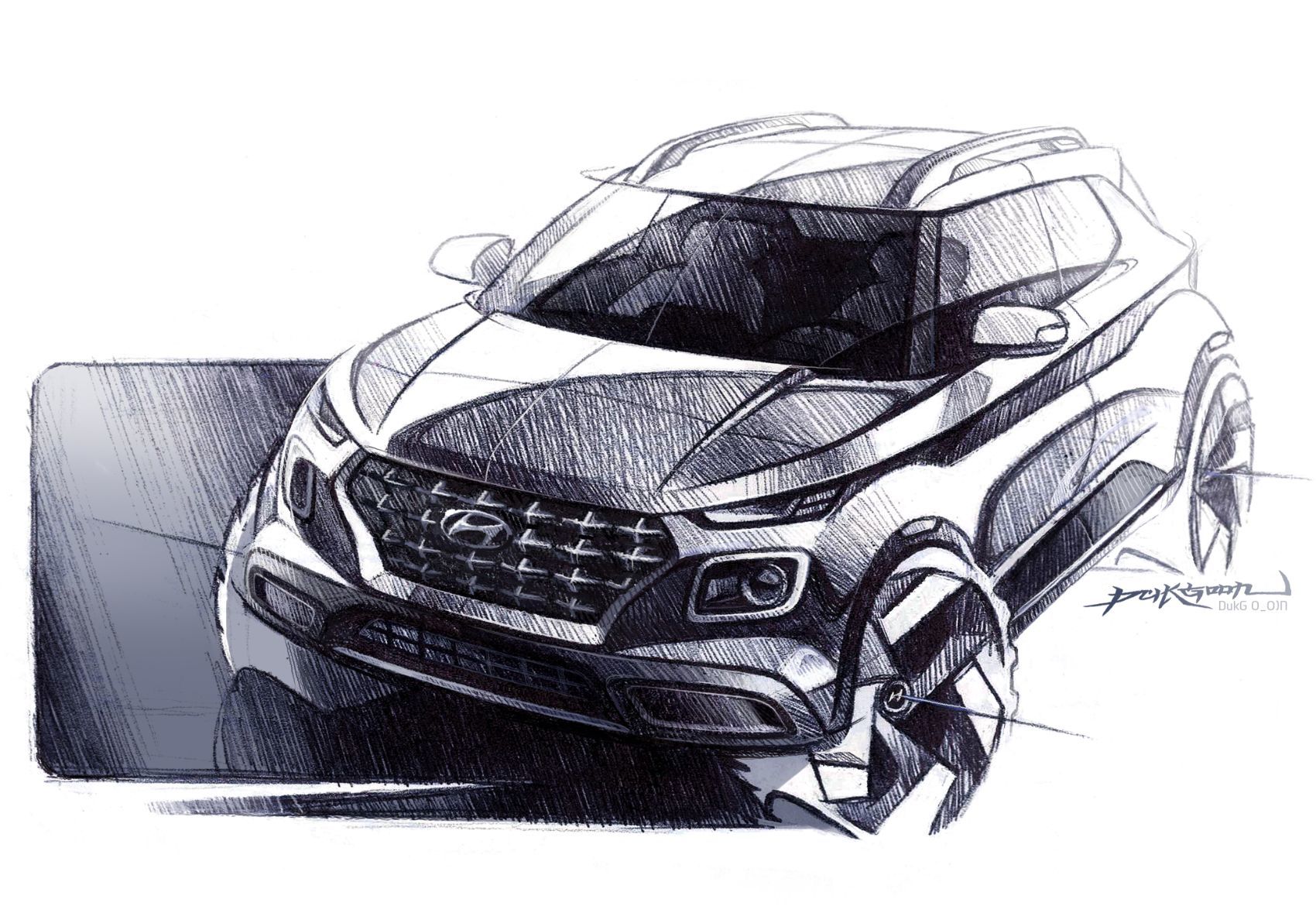
Drive Modes: Ready For Bad Weather
The Venue offers three different drive modes. Normal is the first and is what the name implies. Normal is best for everyday driving and for maximizing fuel economy. Sport mode makes the throttle and steering response more energetic, although its inclusion in a vehicle like this is frivolous, if not outright unnecessary. Sport mode in smaller crossovers is far more bark than bite.
The most practical of the drive modes is Snow. When engaged, it gently sends torque between the left and right front wheels when the weather gets bad. Hyundai’s Snow mode can actually adjust between deep snow and packed snow, using just the right amount of torque to maintain traction.
- Related: All the details (and some liquid chrome) on the 2020 Hyundai Sonata.
Chassis & Suspension: New Approach
Hyundai’s engineers had much to consider, and a lot to balance, with the new architecture. Given the “right size” nature (i.e. small footprint) of the 2020 Venue, it needed to be smooth and manageable for city driving, yet not sacrifice interior comfort or space. To accomplish this, chassis engineers designed a special torsion-beam rear axle with taller, more upright dampers for better suspension travel.
Engineers, as they were evaluating the design, noticed the older torsion-beam axles typically had shorter dampers at an angle counterproductive to optimum ride and handling for something like the Venue. With this new rear torsion-beam, Hyundai says the Venue is easy to maneuver. The benefits transition inside, with the new suspension layout being less intrusive to the cabin.
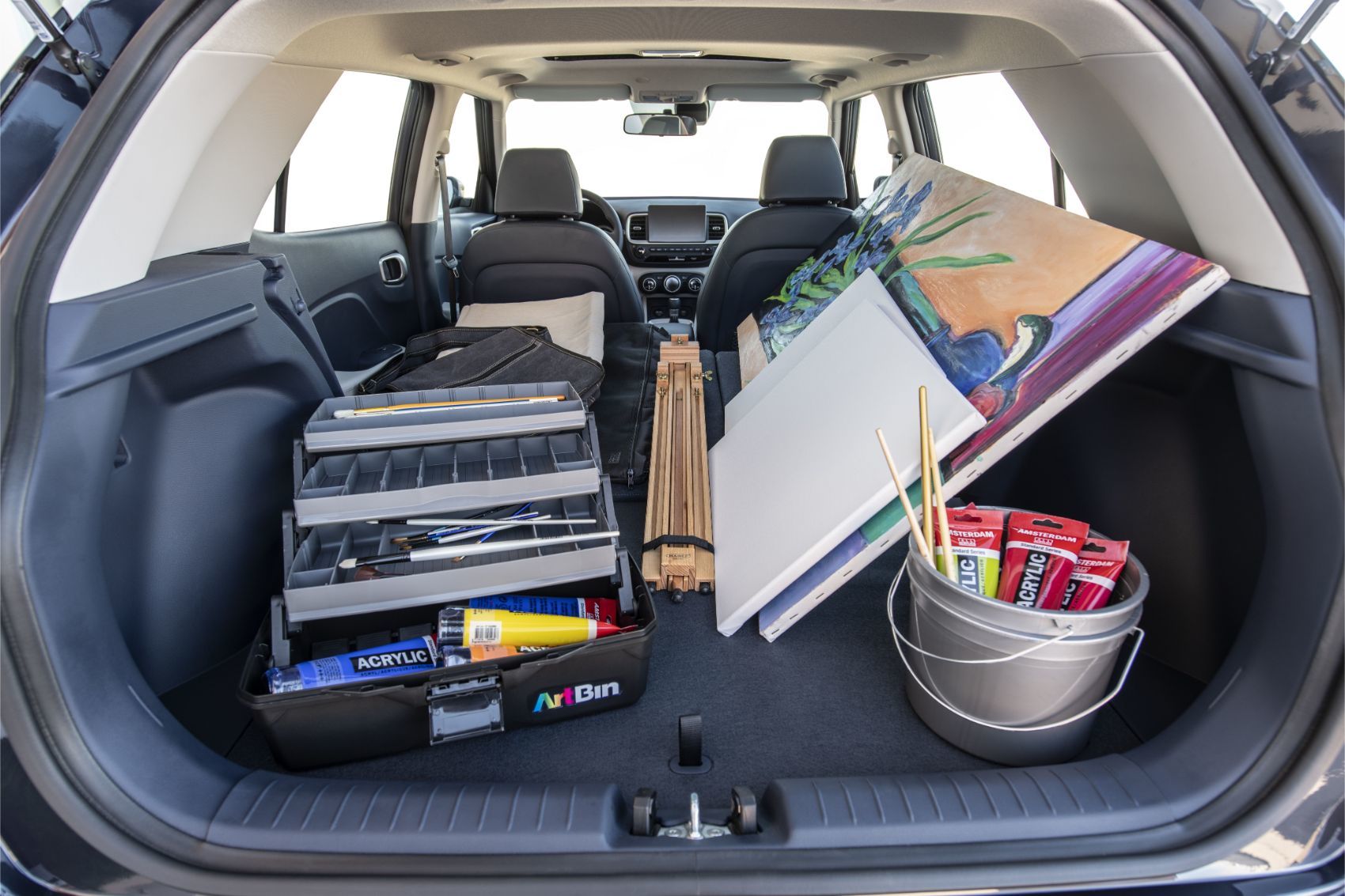
2020 Hyundai Venue: Interior Theme
Hyundai is hoping the Venue’s interior layout will win buyers over. Useful features include a 60/40 split and flat-folding rear seat, rear cargo cover, and a dual-level load floor for easier storage. Available convenience features include two USB ports, a 3.5-inch TFT instrument cluster, rearview camera, push-button start, automatic climate control, and Bluetooth connectivity.
On the tech side, the 2020 Hyundai Venue is standard with Apple CarPlay and Android Auto. Beyond that, owners can voice-start their Venue. Hyundai’s Blue Link system works with Amazon Alexa and Google Assistant, so just ask an enabled device, like Amazon Echo or Google Home, to “start your car.” Remote door lock/unlock, car finder, enhanced roadside assistance, and stolen vehicle recovery are also part of Hyundai’s Blue Link system.
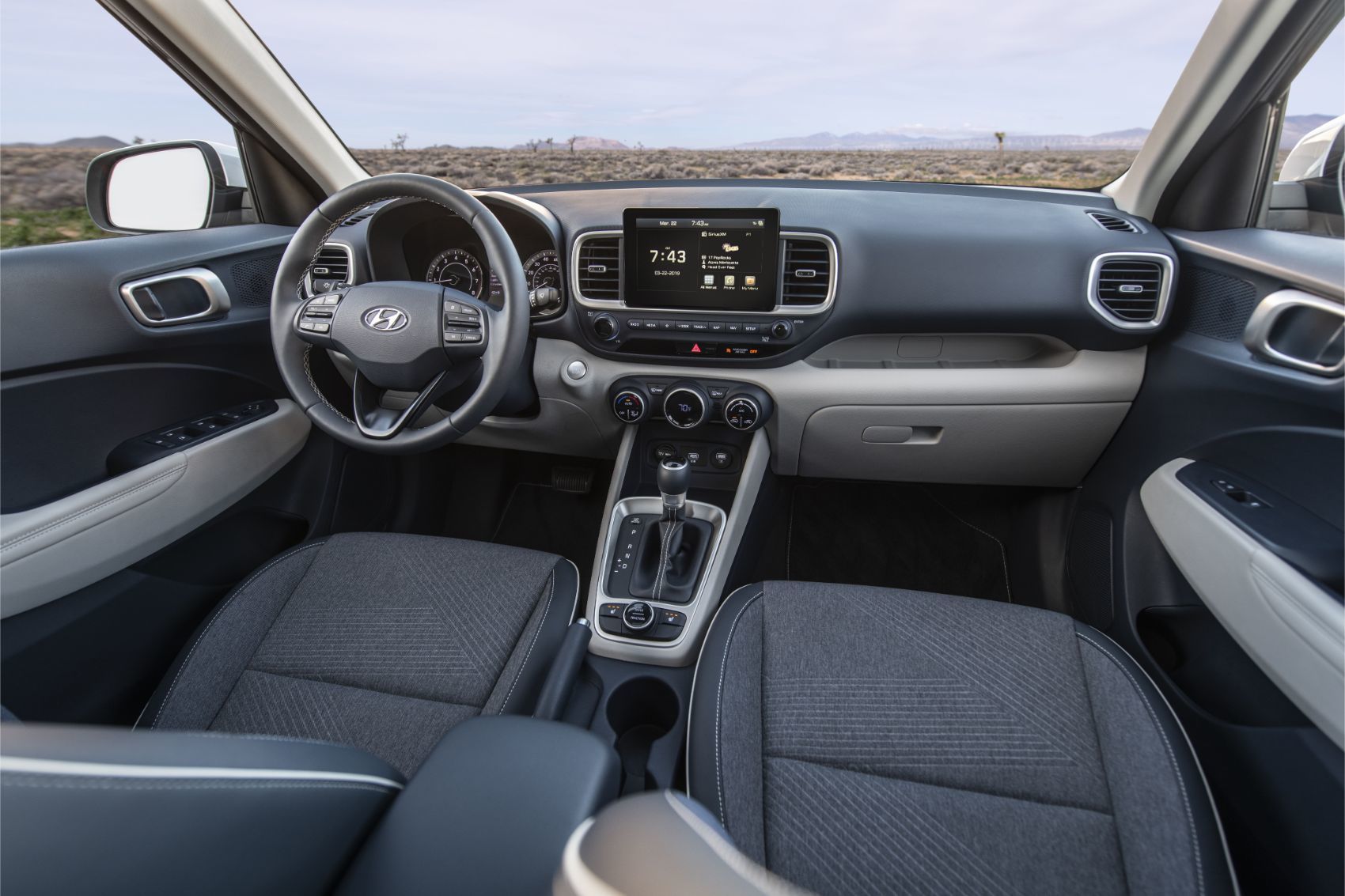
2020 Hyundai Venue: Availability & Warranty
The Hyundai Venue is built in Ulsan, Korea and available now at dealerships. Hyundai Assurance Warranty includes a 10-year/100,000 mile powertrain warranty, although you can extend coverage on a Hyundai vehicle rather easily.
Carl Anthony is Managing Editor of Automoblog and resides in Detroit, Michigan. He serves on the Board of Directors for the Ally Jolie Baldwin Foundation, and is a member of the Midwest Automotive Media Association and the Society of Automotive Historians. Anthony has worked in experiential marketing roles for Fiat Chrysler Automobiles, Ford Motor Company, General Motors, Mercedes-Benz, Honda, Volvo, and Local Motors over the years.
2020 Hyundai Venue Gallery
Photos & Source: Hyundai Motor America.
Original article: 2020 Hyundai Venue: Practical & Efficient; Did Hyundai Hit a Homer?
from Automoblog https://ift.tt/2tW3WdD
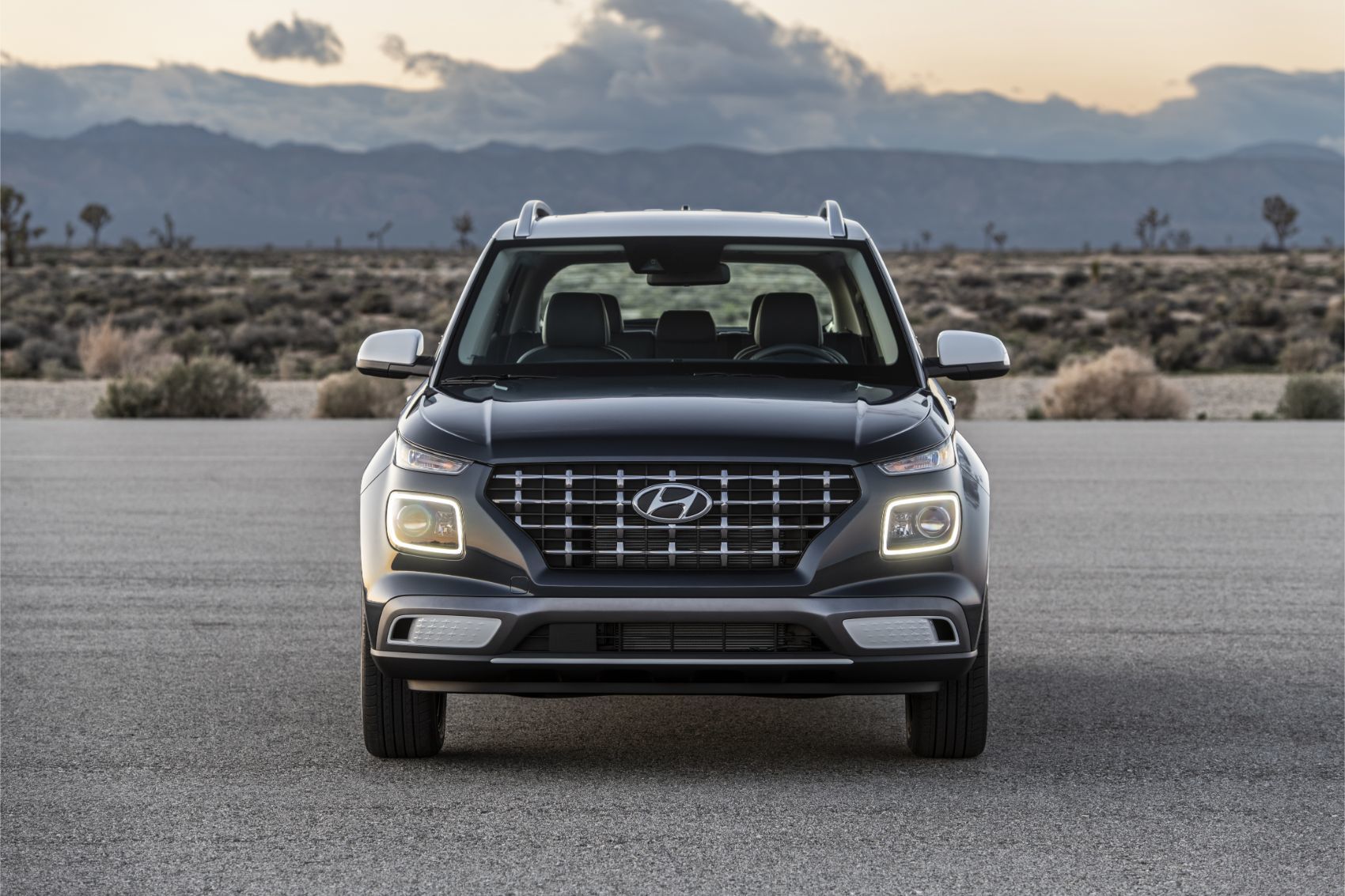
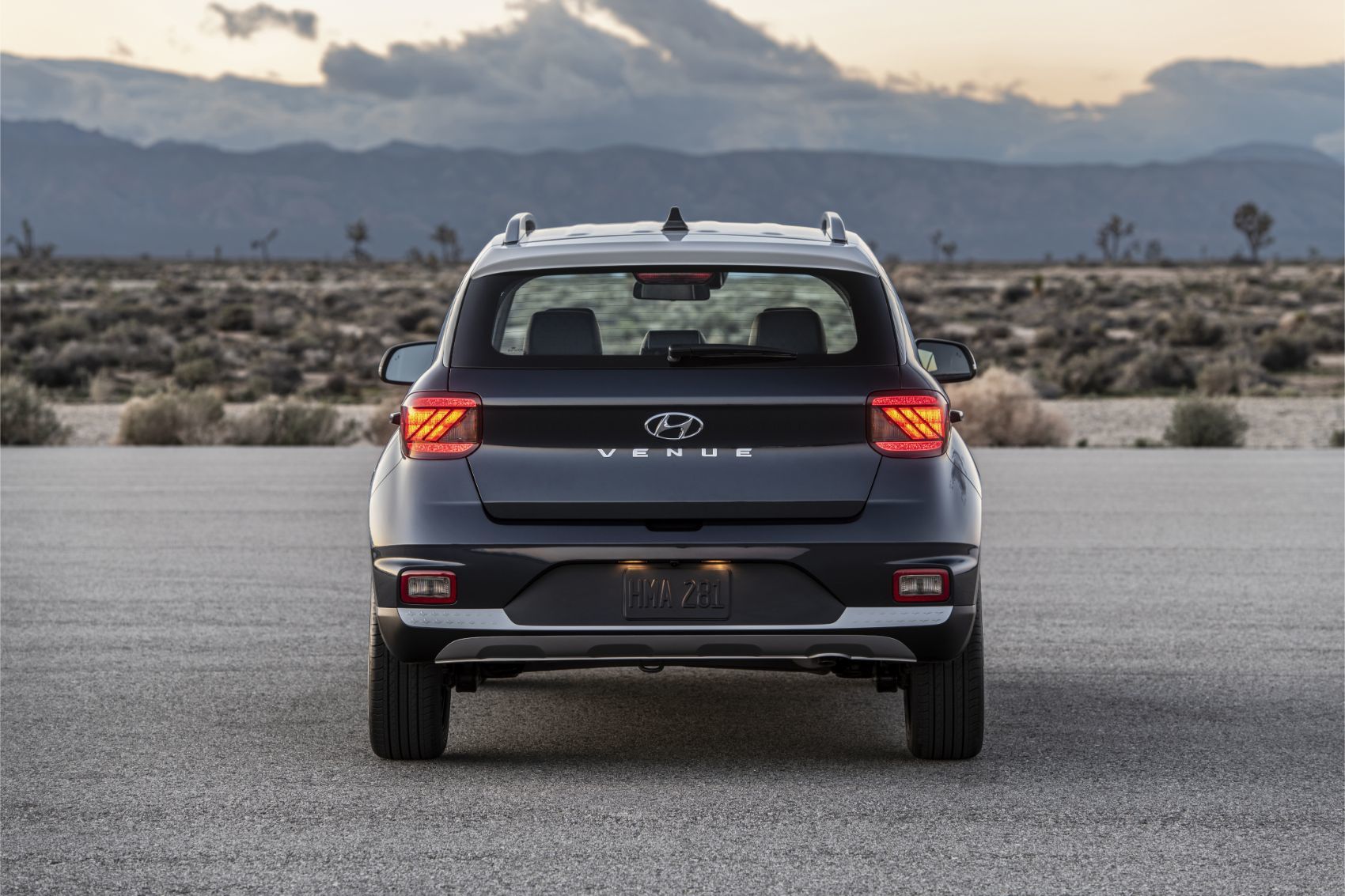
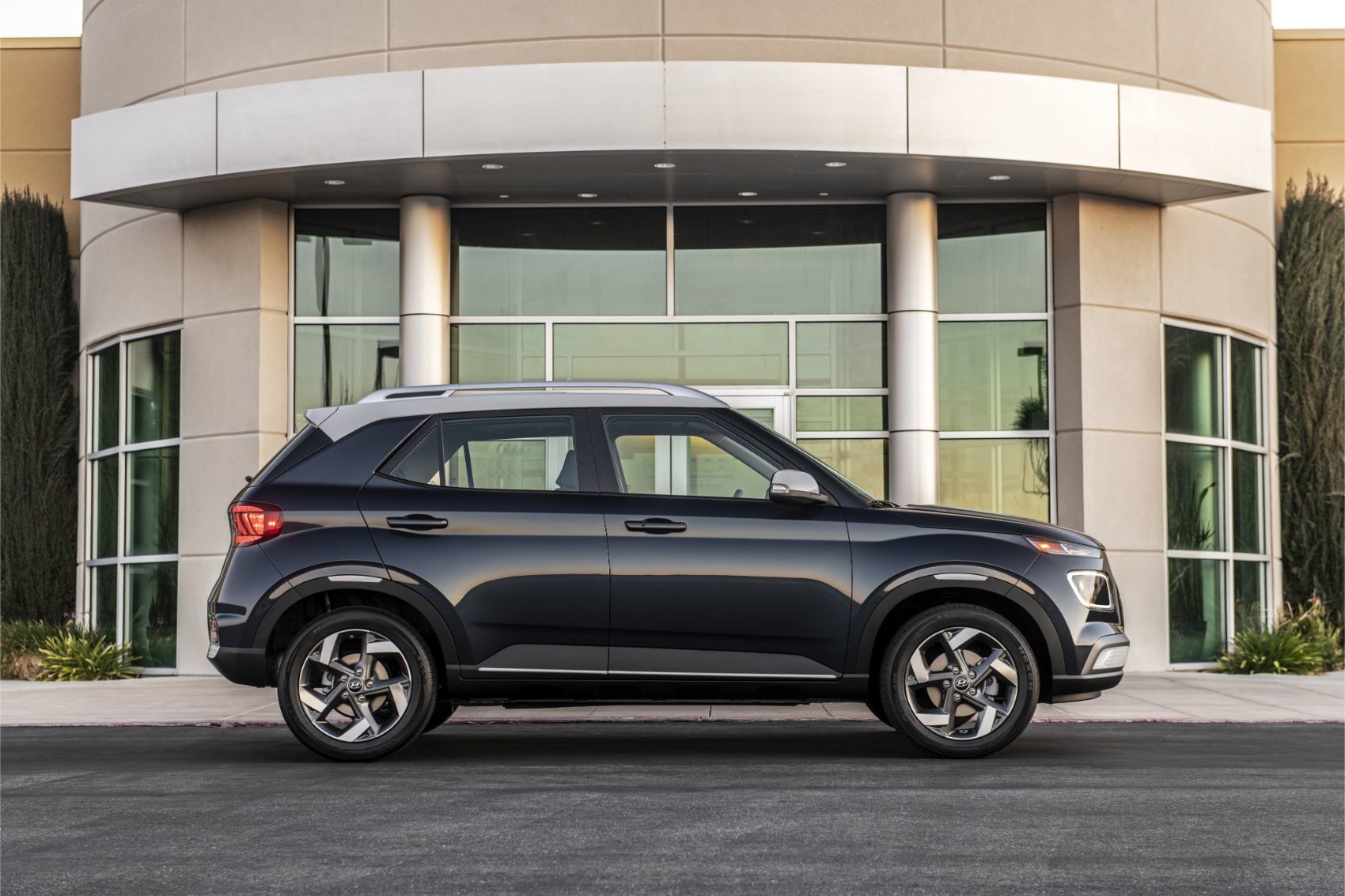
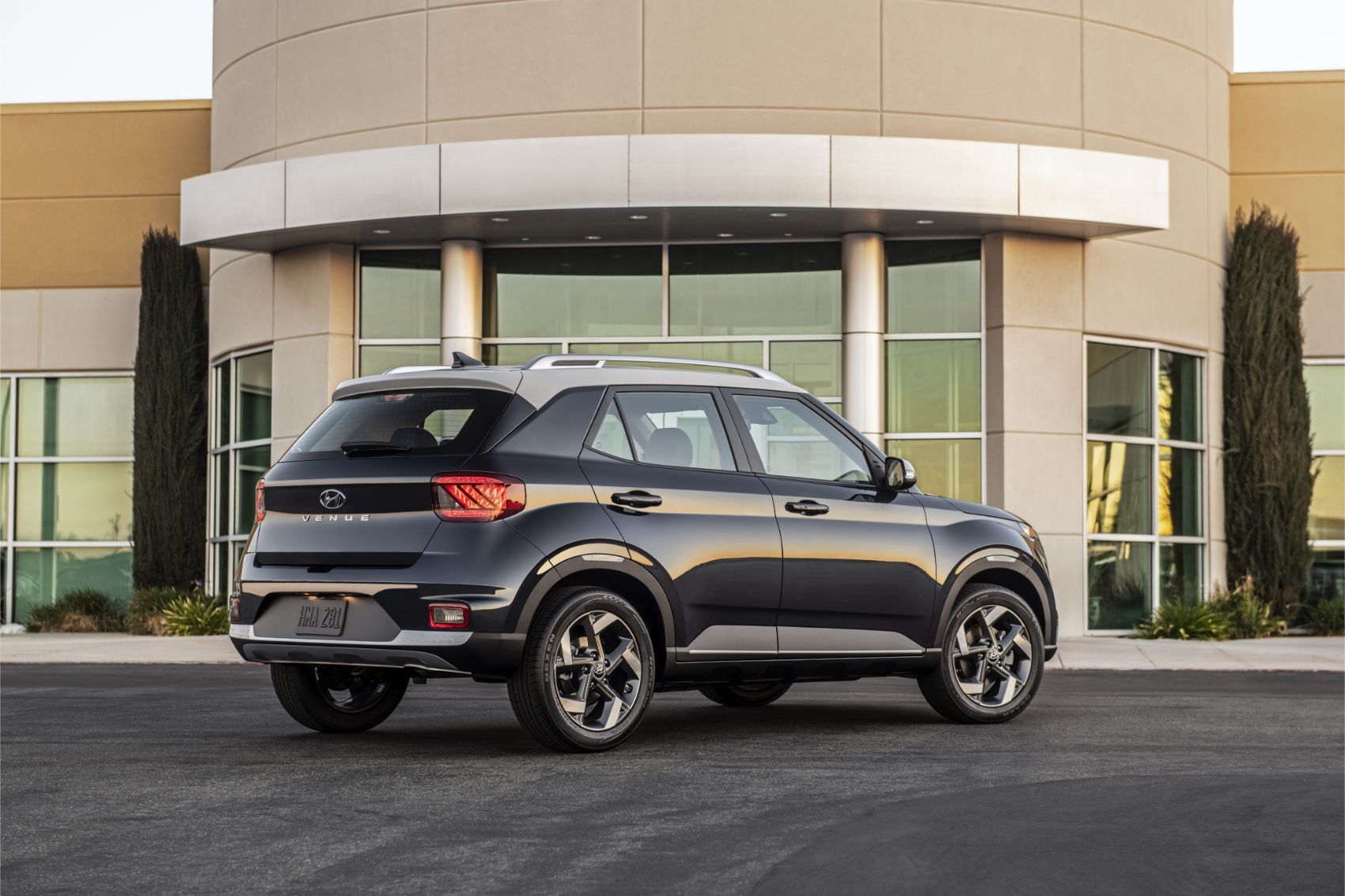
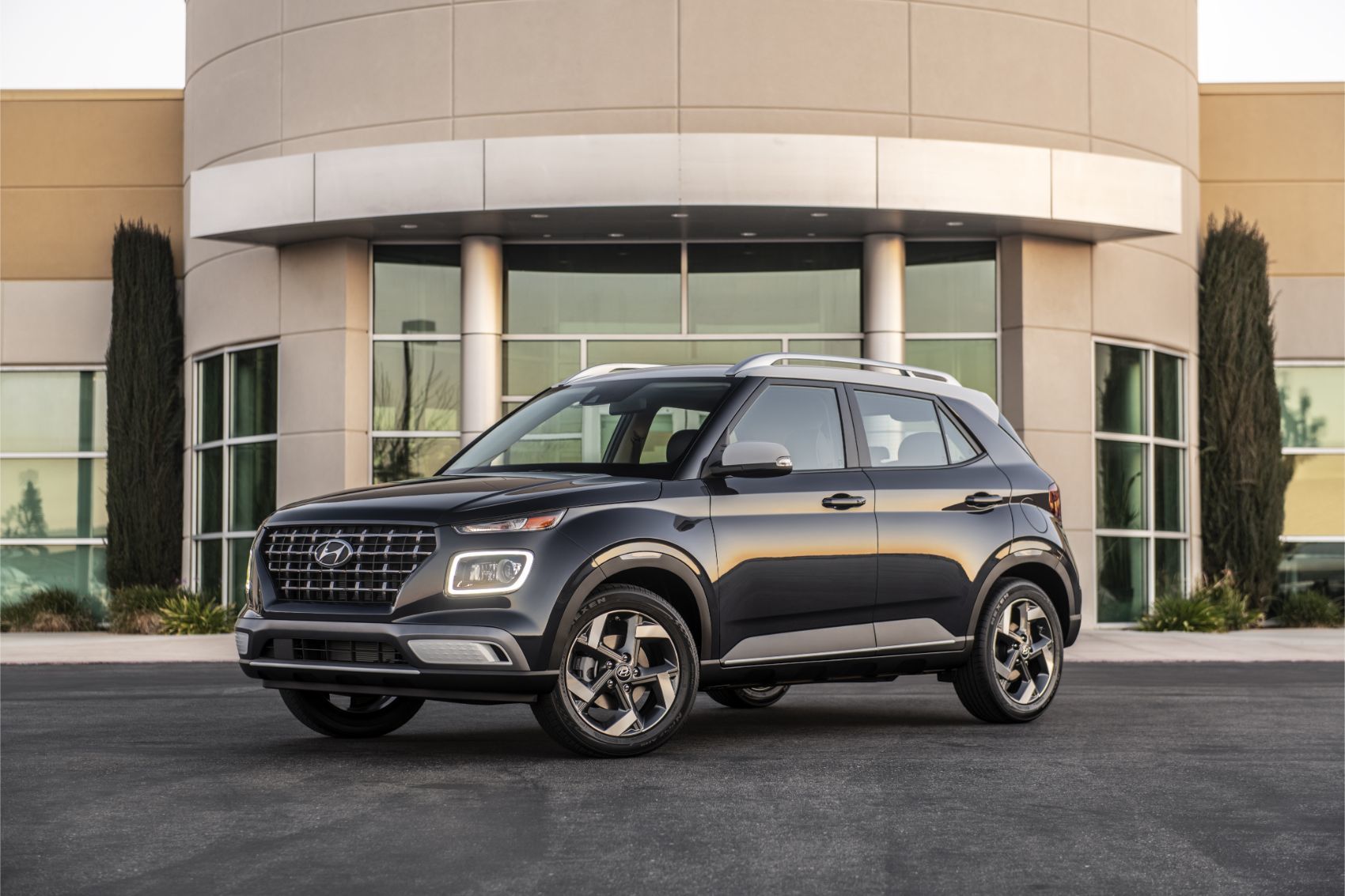
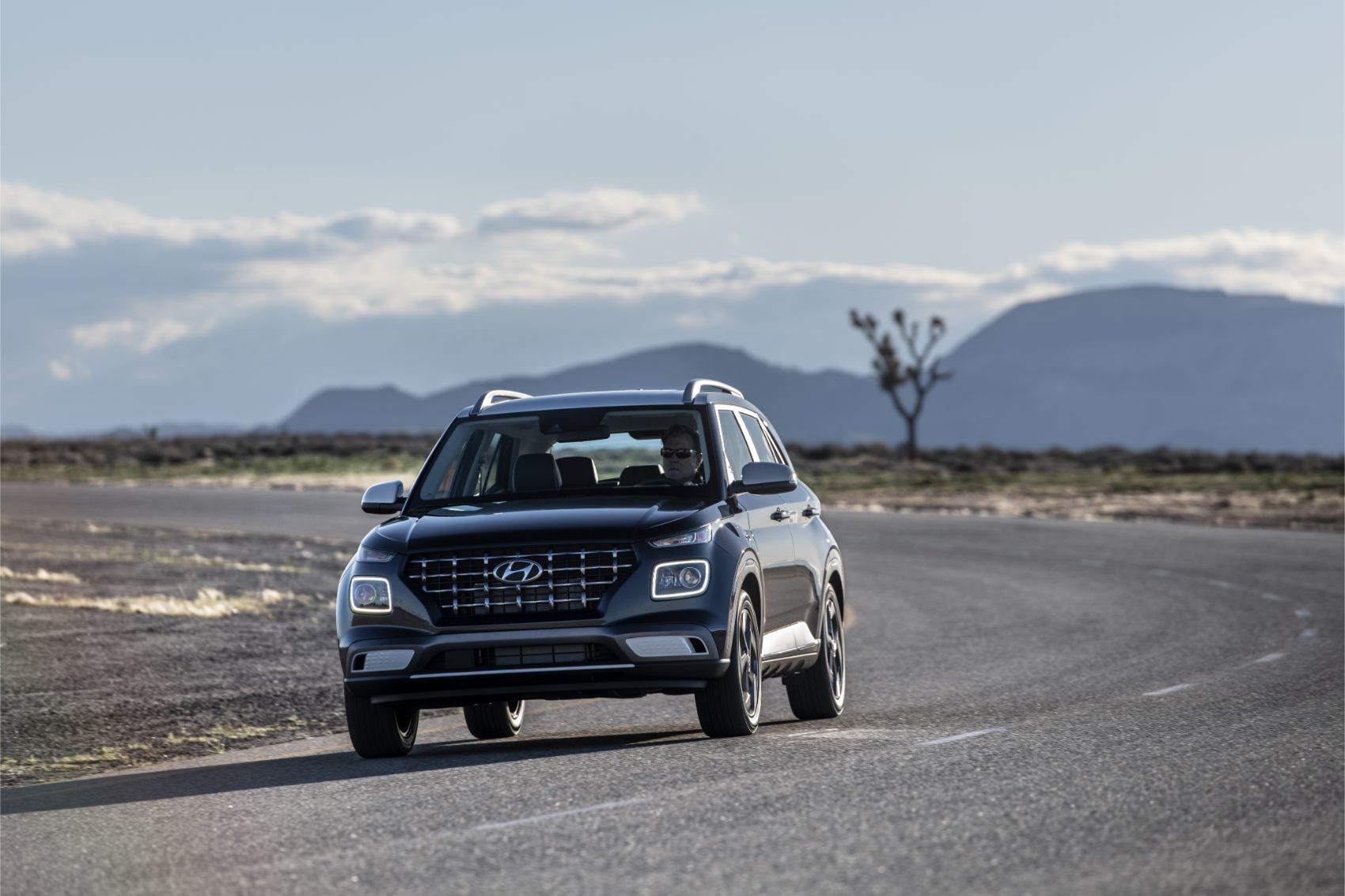
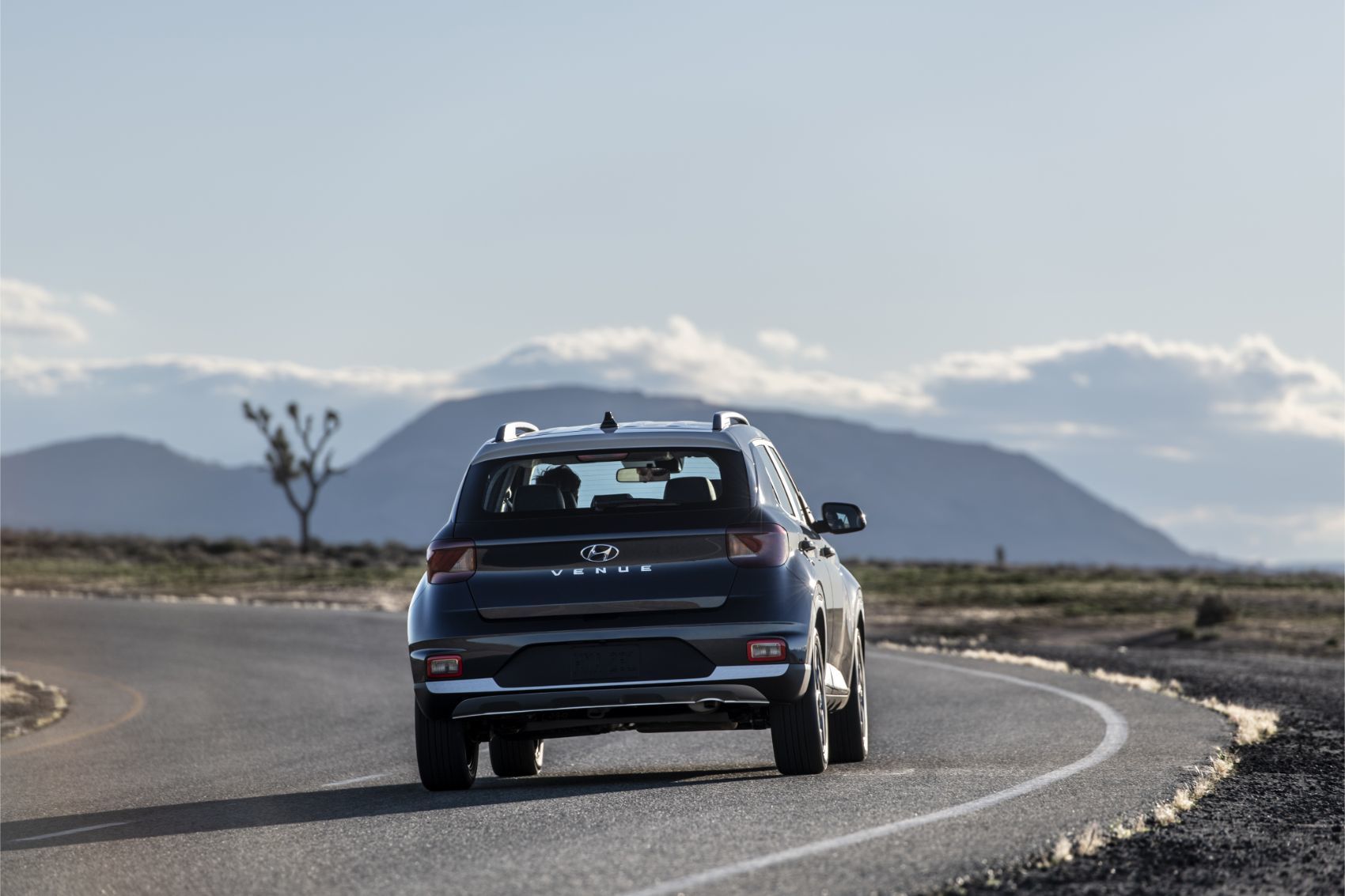
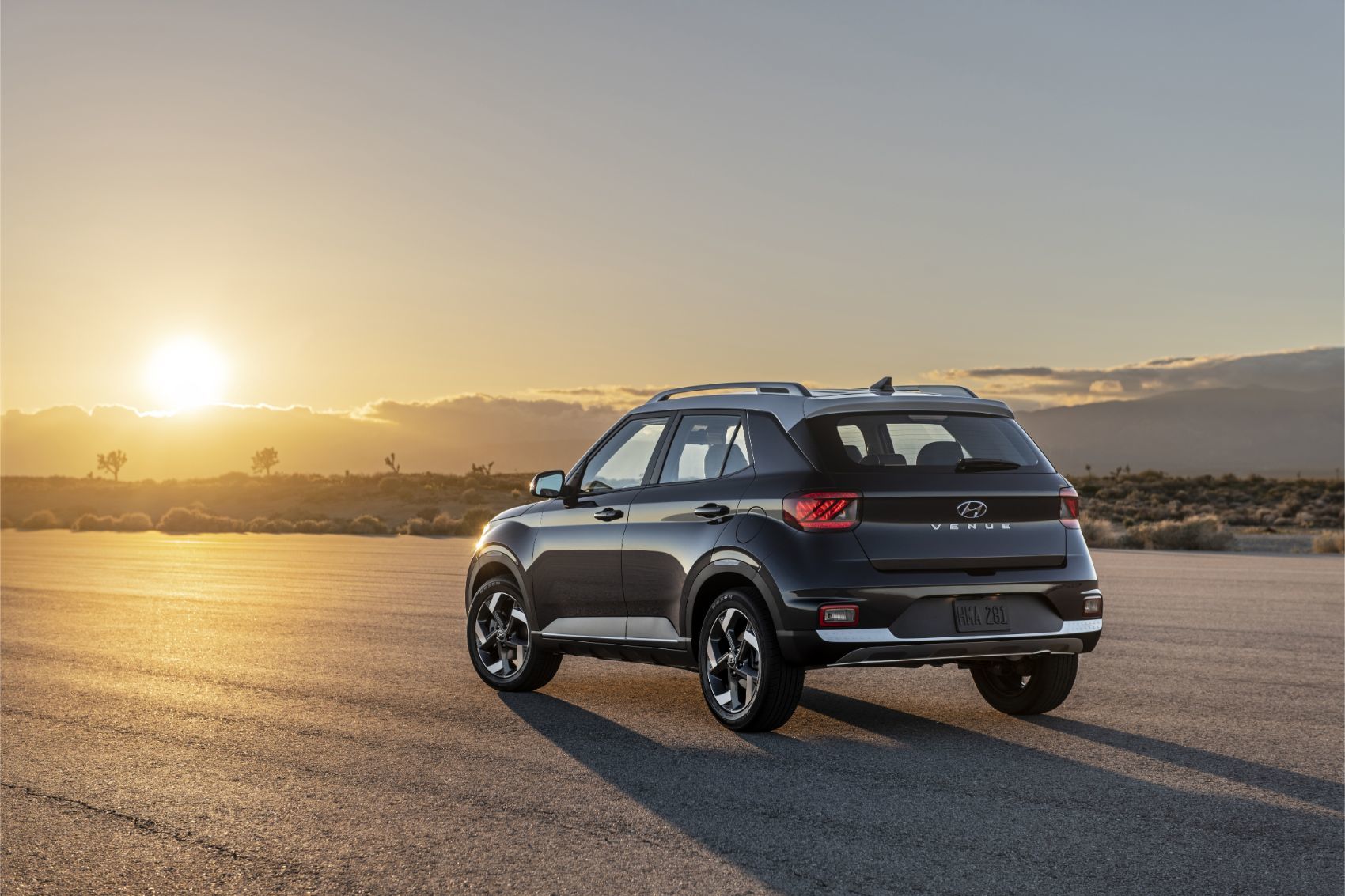
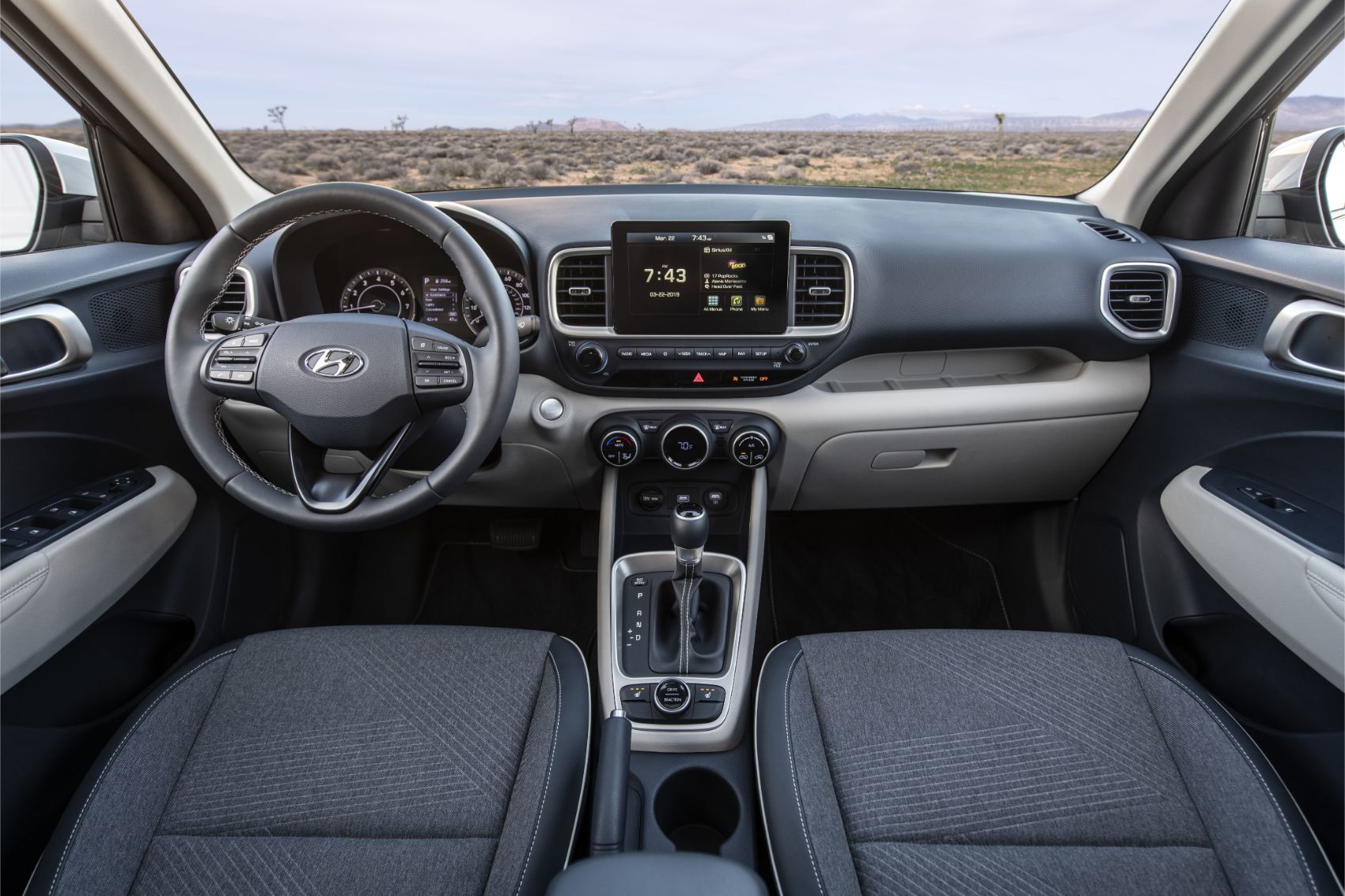
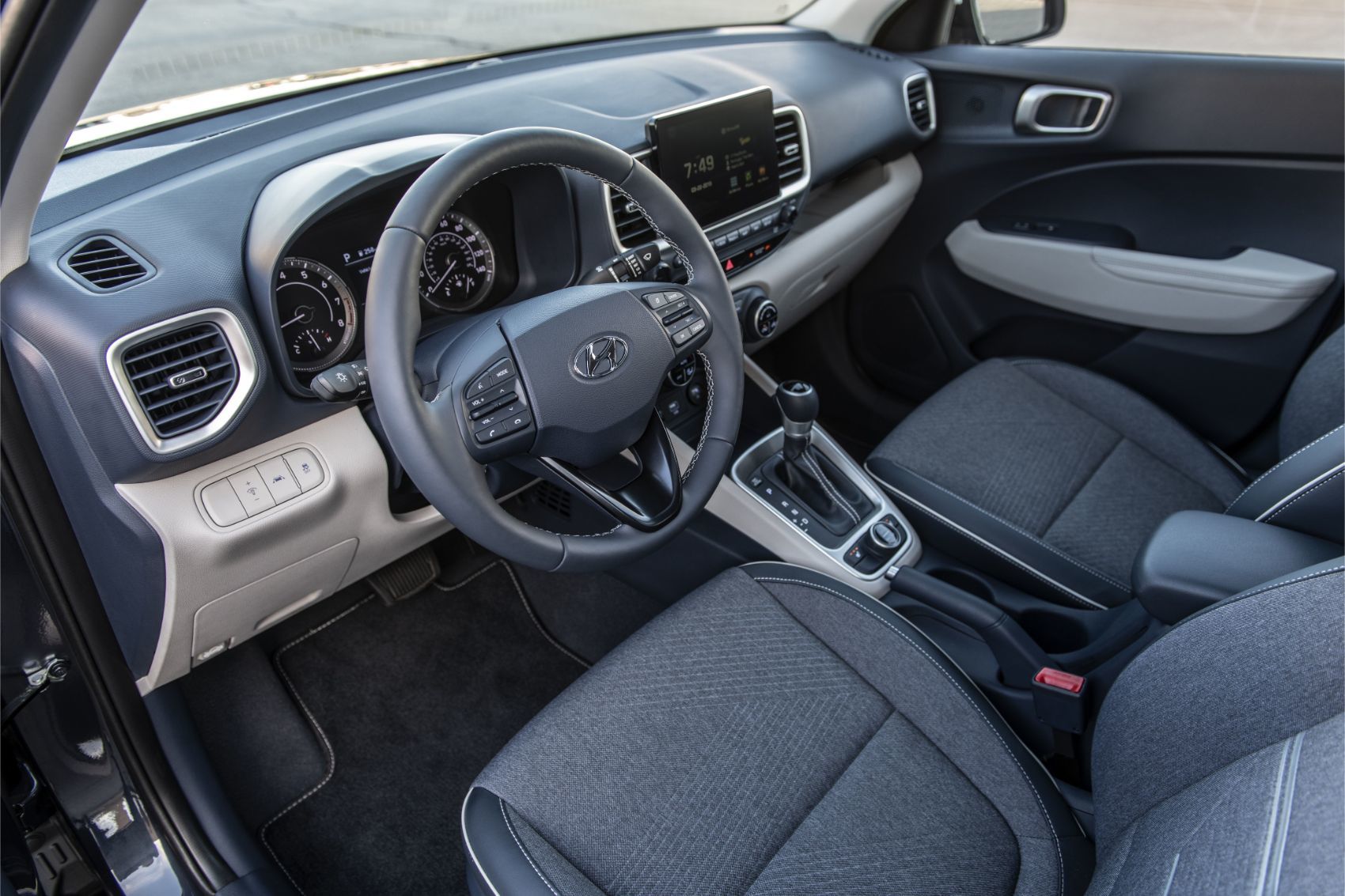
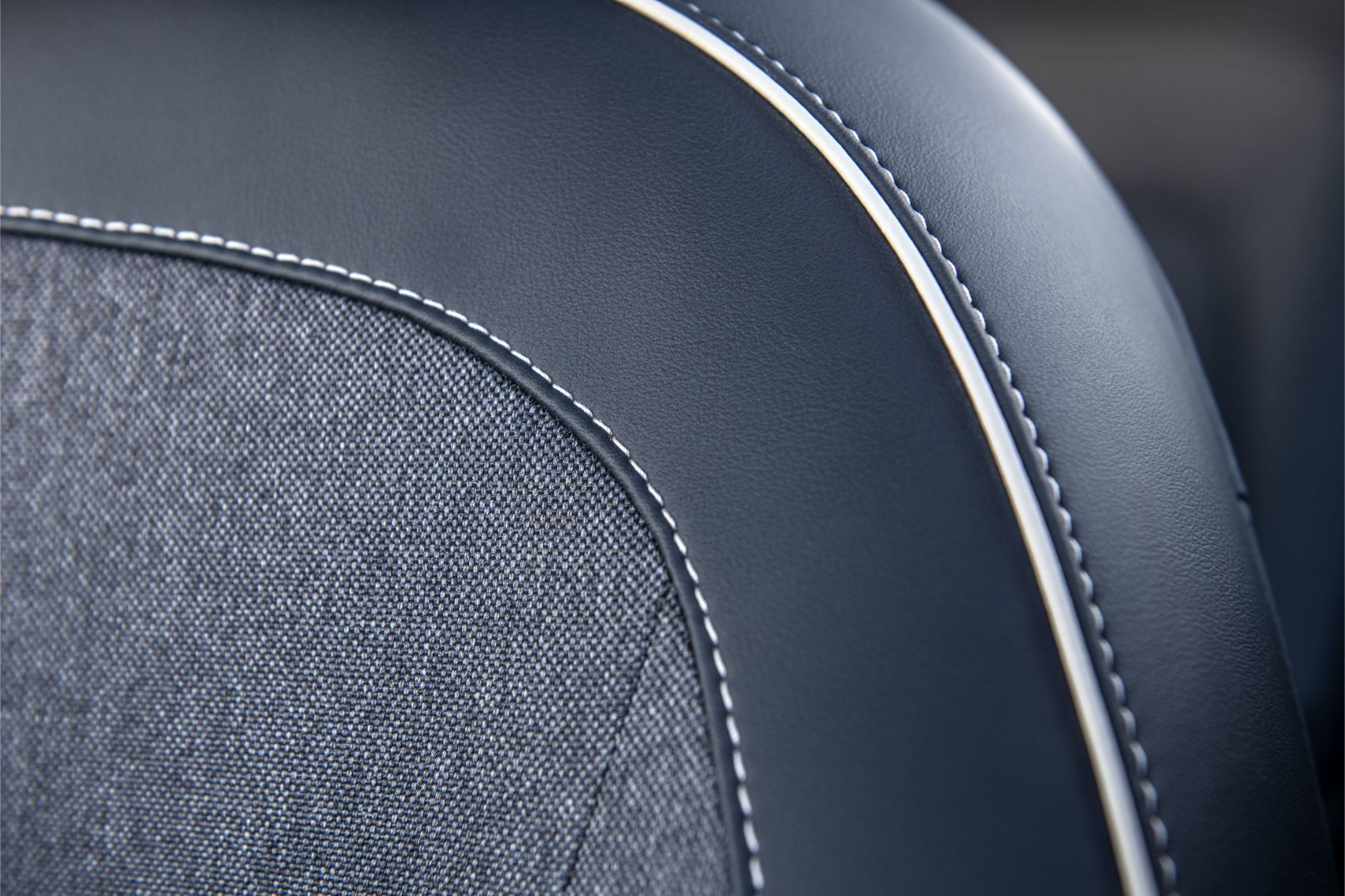
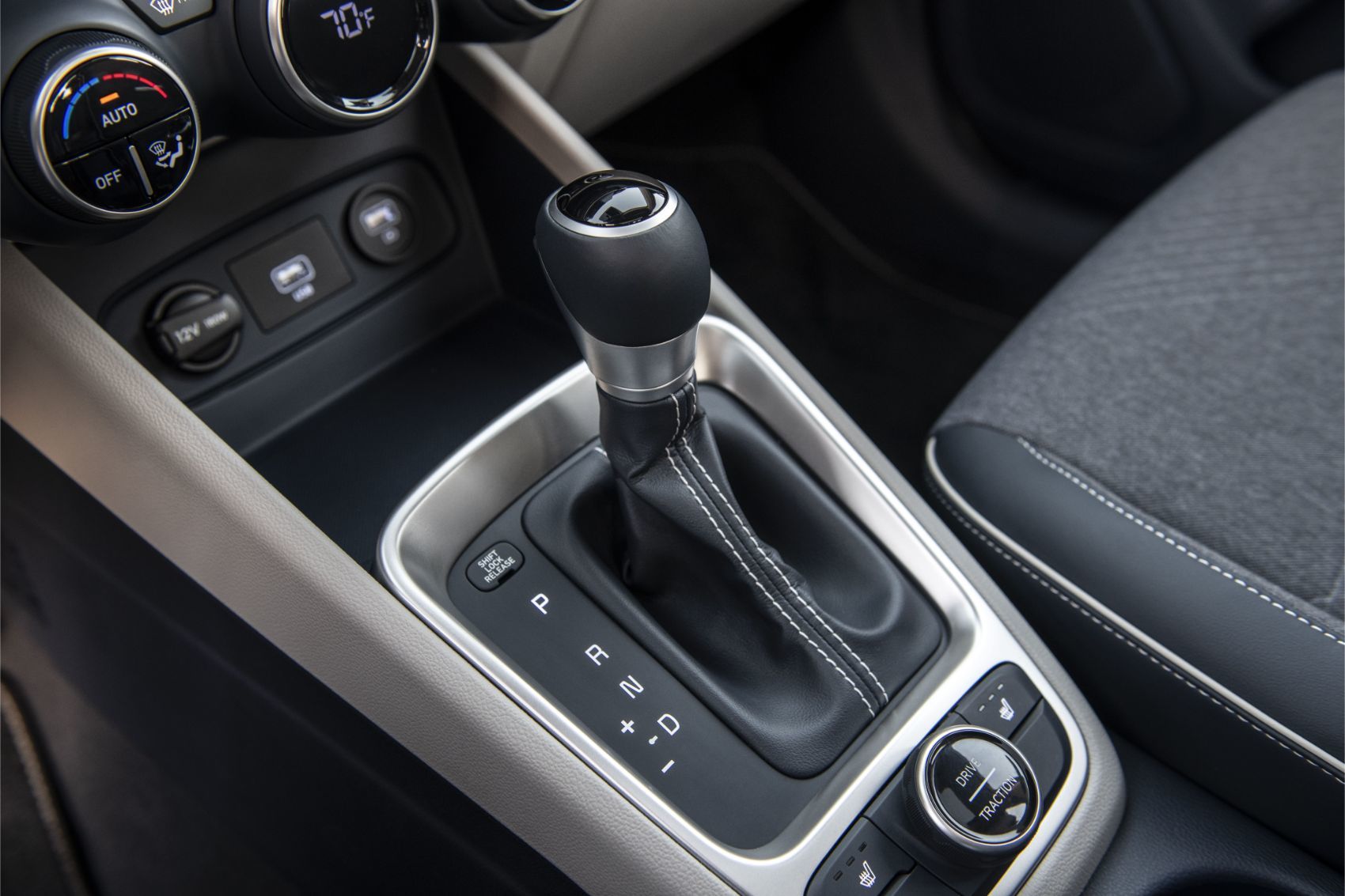
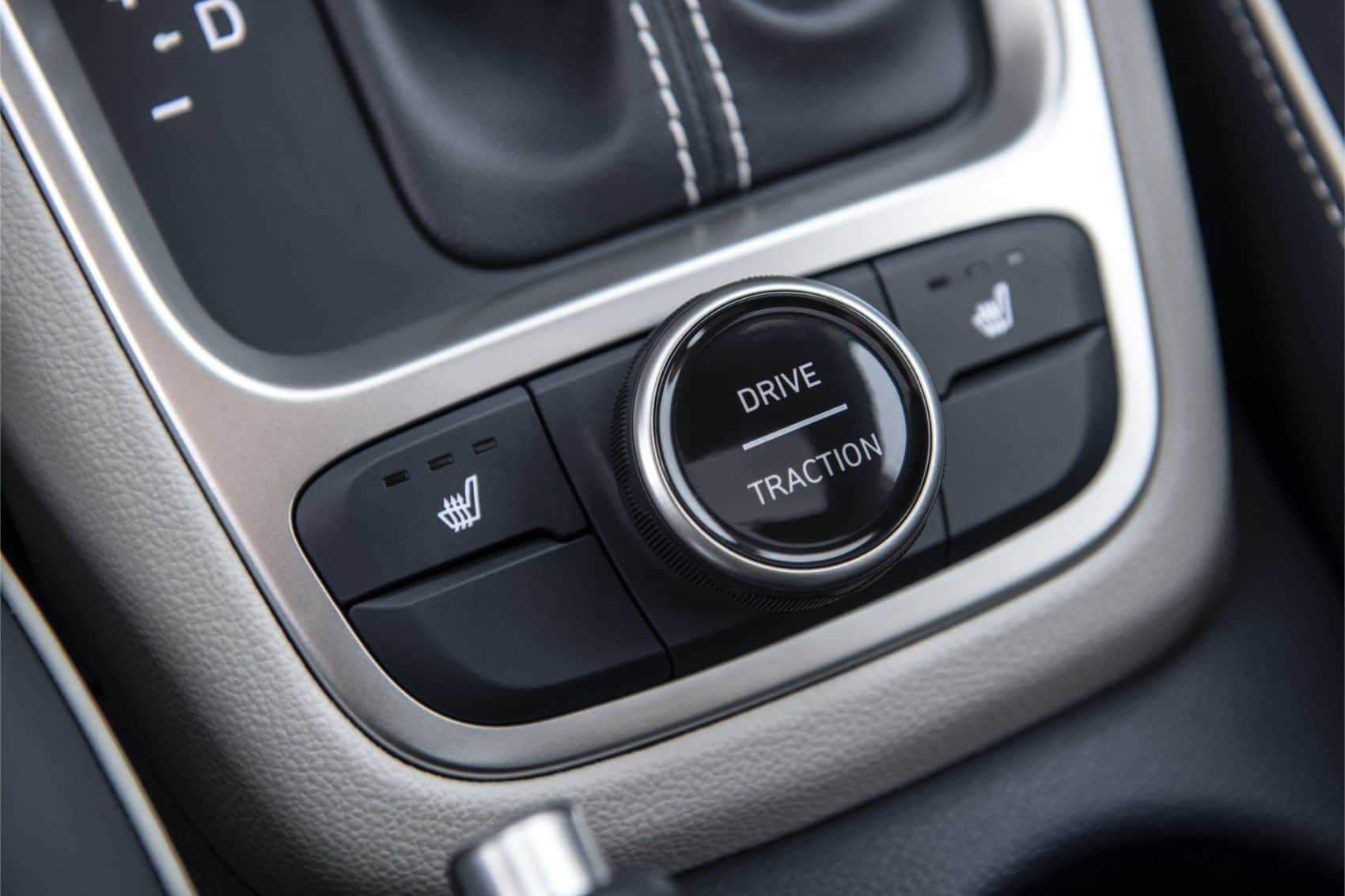
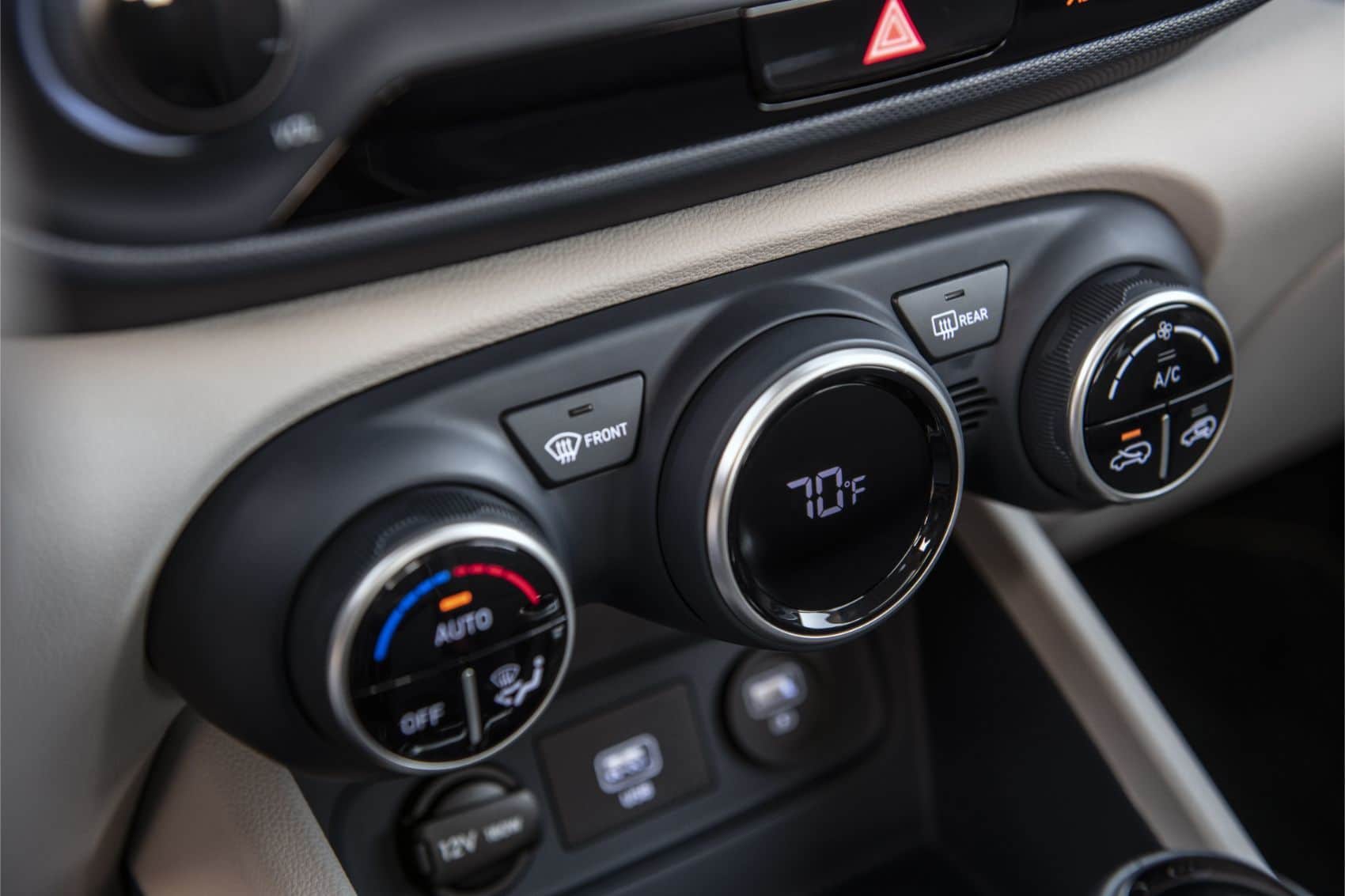
No comments:
Post a Comment